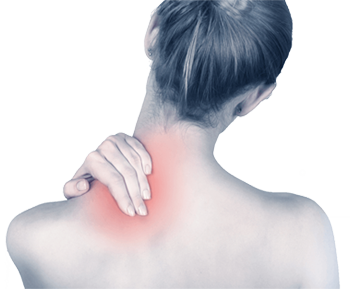Clinical features
Symptoms are typically absent early in the morning (honeymoon period), but increase with fatigue and get worsened as the day passes. It is further aggravated by fatigue, stress and anxiety. Watching television, reading or writing are some specific tasks which are reported to worsen torticollis.
Clinical features of Primary or Idiopathic Torticollis
In this, there is abnormal head posture associated with involuntary twisting or jerking of the head and it is not associated with any other neurological sign apart from head/ hand tremor and marked cervical spinal abnormalities. Deviation may occur in any single plane or combinations of directions in which the head moves voluntarily.
The common findings in Idiopathic Torticollis are:


